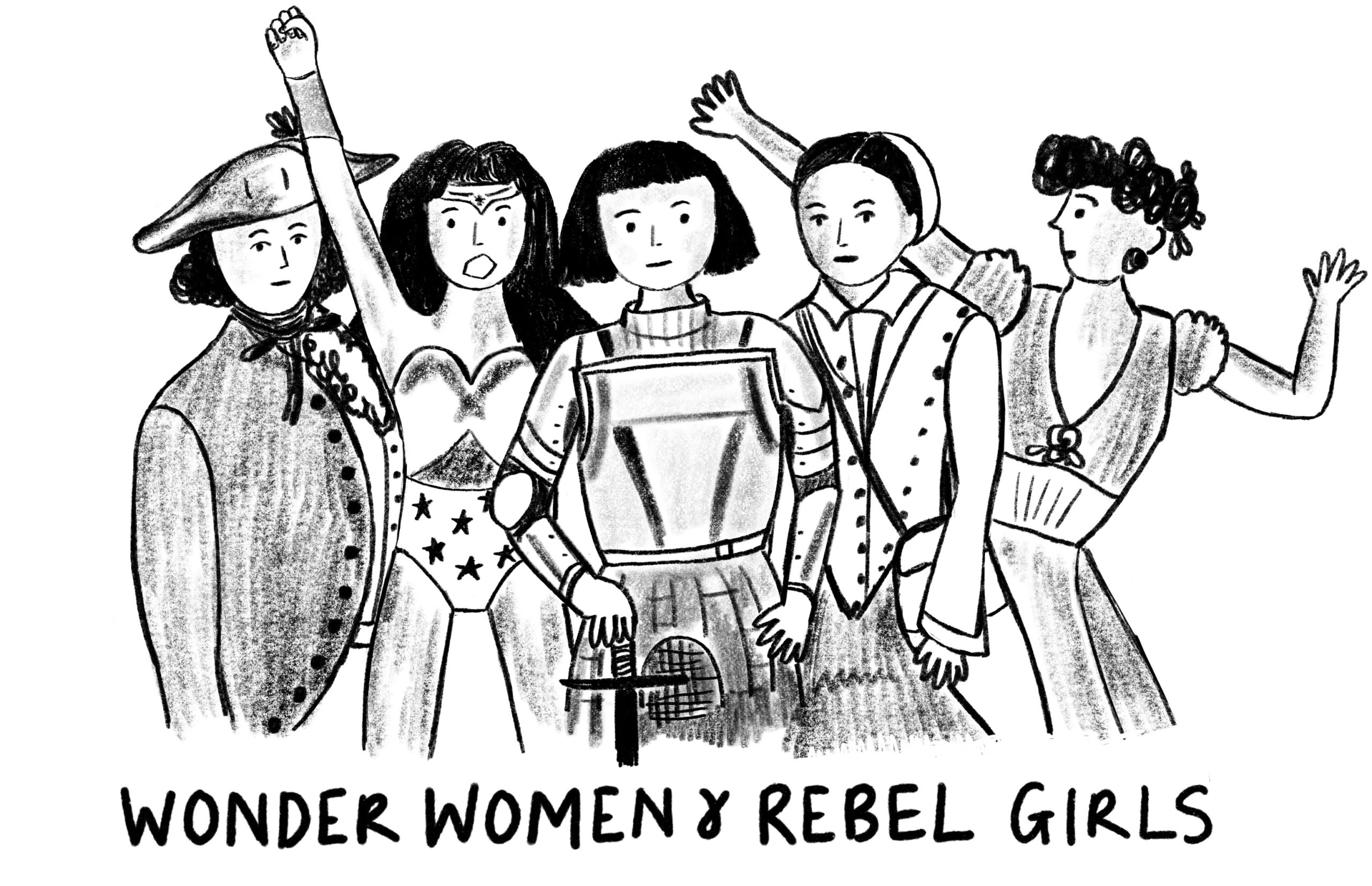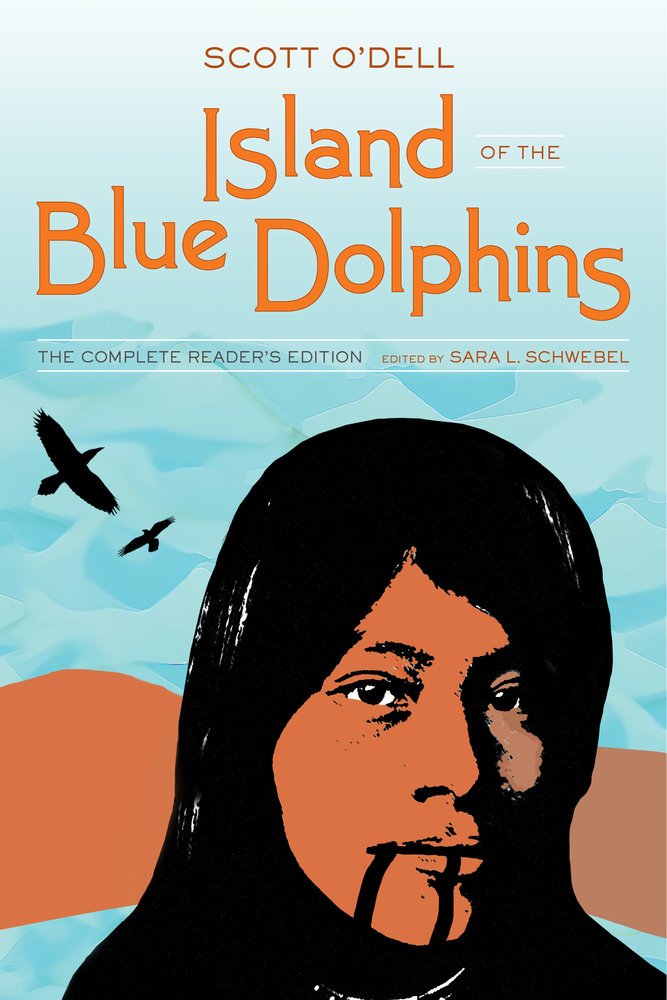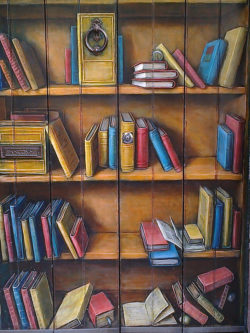4th September 2020 Centre for War Studies, University College Dublin Online Workshop Keynote: Dr Emma Butcher (University of Leicester) ‘War…
Sara L. Schwebel (ed.) and Scott O’Dell, Island of the Blue Dolphins: The Complete Readers Edition
It’s surprising that one of the most important children’s books of the twentieth century has only recently started receiving the critical attention it deserves. Sara L. Schwebel’s excellent Complete Readers Edition offers a significant contribution to a growing body of book histories about classic children’s literature texts and their impacts on generations of readers. Used by countless American K-12 schools and public libraries from the 1960s onward, O’Dell’s historical fiction robinsonade about the real-life Lone Woman of San Nicolas Island, Juana Maria, has been seen as a critical multicultural, feminist young adult text despite some very real concerns about historical accuracy, vanishing Indian tropes, and racism. ☛ ☞
Mark Purcell, The Country House Library
Following work at the Bodleian Library, Mark Purcell became responsible for libraries in the care of the British National Trust, and he is now in the research-collections department at Cambridge University. With this background, and with his own scholarly focus on private and country-house libraries, he was eminently qualified to write this fine book. It has more than 225 illustrations, many of them in color. ☛ ☞
Christopher N. Phillips, The Hymnal: A Reading History
Phillips divides the book into three sites of social reading: the church, the school, and the home, primarily in English society of the 18th and 19th Century. The church was a place of social identity where hymns were sung. James Martineau, a British Unitarian compiler and hymnist, recorded in his hymn book the dates that hymns were sung. In schools, the hymn book was a way of teaching reading to children. The hymn, “When I Can Read My Title Clear” was one of the most popular family hymns that helped children to read (106). The home was the place of the “private hymnbook” (185). A title such as Hymns for Mothers and Children traveled from one family to another because of its large size and many illustrations. Today, we would probably call this a coffee table book. Phillips points out that his chapters may be read separately or chronologically to give a sense of history. ☛ ☞
Autumn 2017 Bibliography
Bibliography for Autumn 2017 listed by regional focus. Compiled by Cecile Jagodzinski.





